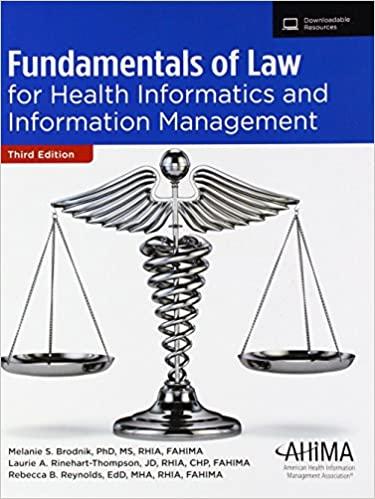Question
Law-Related Question/AP US Government and Politics Exam Question: In the U.S. Supreme Court case Plessy v. Ferguson (1896), the defendant was arrested for violating a
Law-Related Question/AP US Government and Politics Exam Question:
In the U.S. Supreme Court case Plessy v. Ferguson (1896), the defendant was arrested for violating a local statute that segregated races on public railways. In response, the defendant challenged the constitutionality of the local statute, maintaining that it violated both the 13th and 14th Amendments, specifically the Equal Protection Clause of the 14th Amendment.
(A) How could you best clearly summarize defendant's 13th Amendment claim of unconstitutionality?
(B) On Equal Protection grounds, the Court ruled against the defendant. In sum and substance, what was the Court's rationale when pronouncing that the racial segregation did not violate the 14th Amendment's Equal Protection Clause?
Step by Step Solution
There are 3 Steps involved in it
Step: 1

Get Instant Access to Expert-Tailored Solutions
See step-by-step solutions with expert insights and AI powered tools for academic success
Step: 2

Step: 3

Ace Your Homework with AI
Get the answers you need in no time with our AI-driven, step-by-step assistance
Get Started


